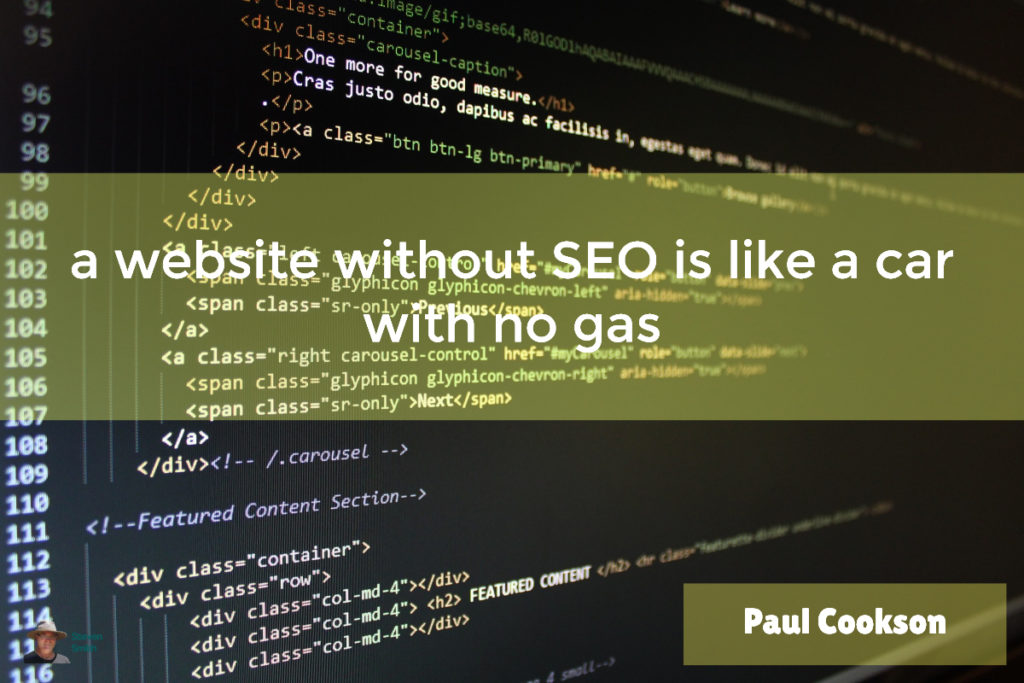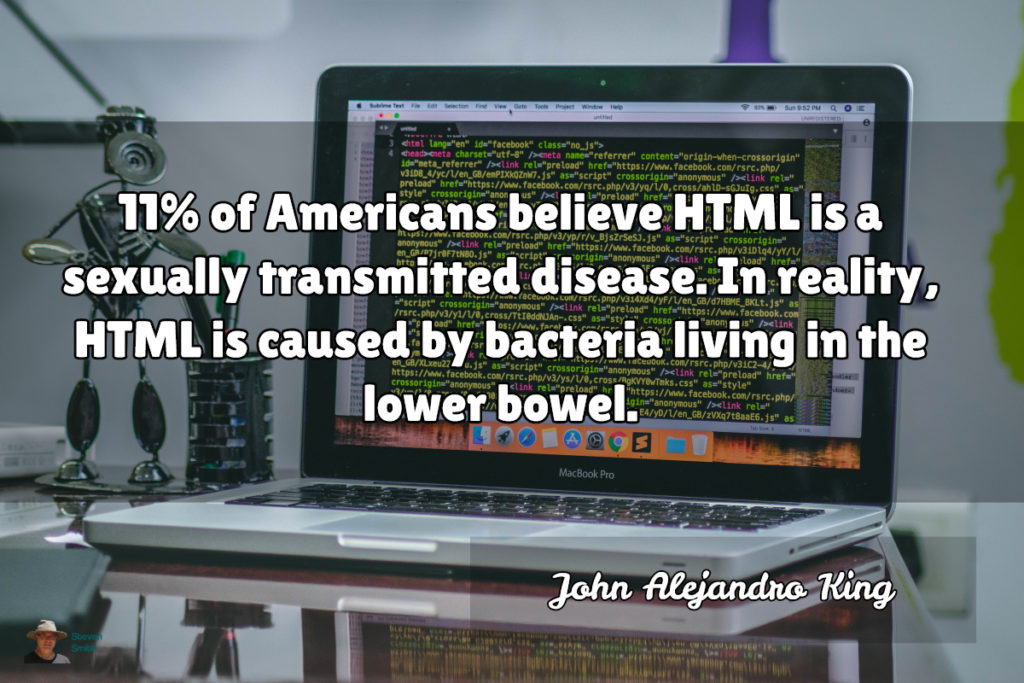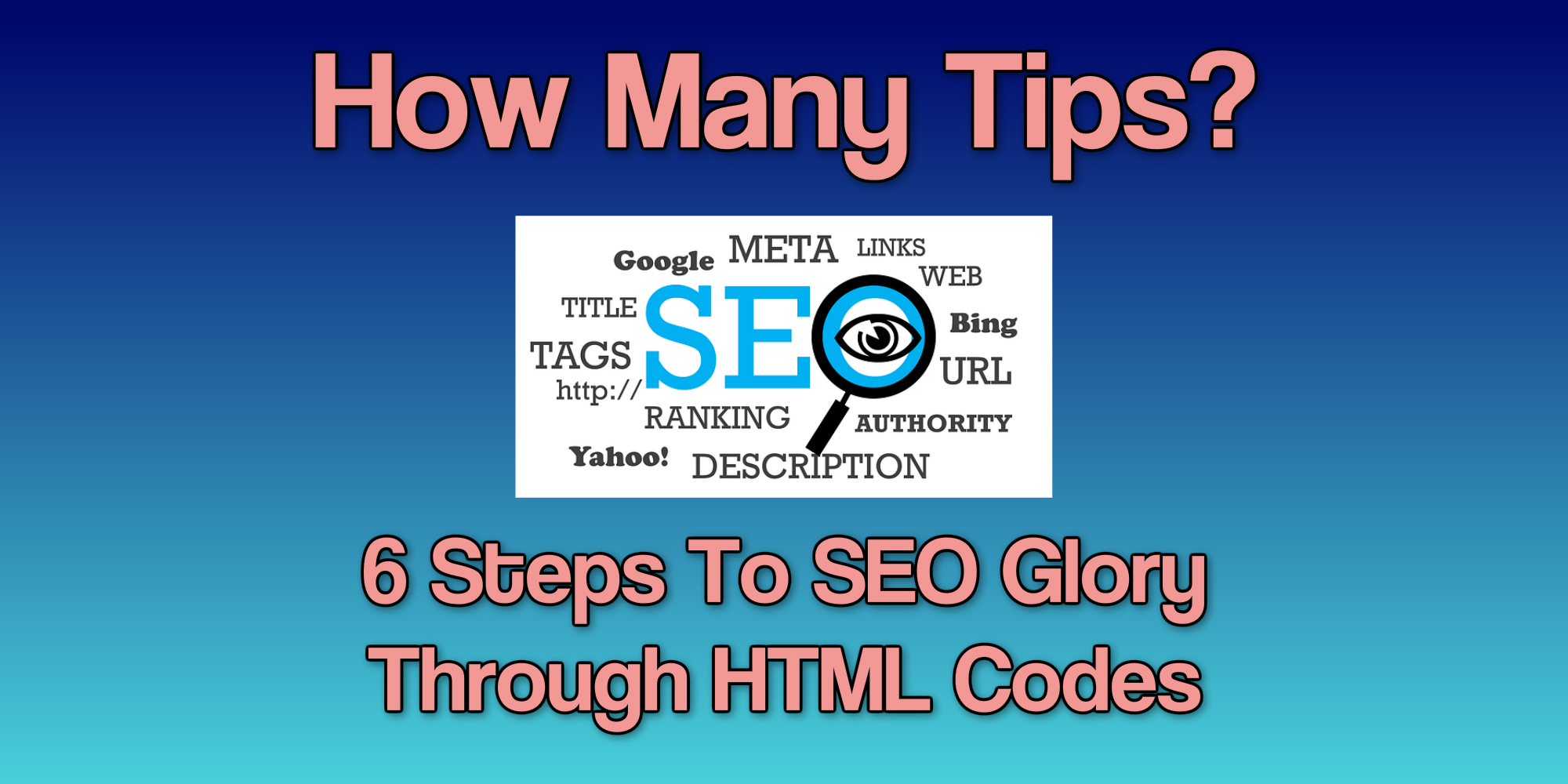There is much more than meets the eye of a successful SEO campaign. Even the best CMS will matter little of your coding is not formatted correctly. In many ways, we can look at the proper HTML codes as the “wizard” behind the curtain of ultimate success. Let’s look at six tried-and-true tips which will raise your site to the next level.
The Title
What good would it be if you wrote 25 different books and each had the same title? The same concept applies here in regards to HTML titles. Take some time and think about how each headline describes what it is that you are offering. If not, there can even be times when Google modifies the text to suit its own needs!
Header Tags
Header Tags do not get enough credit. Tags such as <h1>, <h2>, <h3> and so on are able to provide a hierarchical structure to your content. In other words, they tell the reader (and the search engine) which topics are the most important and how each section is related to its counterparts. Thankfully, these are very easy to embed within a text, and programs such as WordPress REQUIRE such tags for an article to pass with flying colors.
Picture Tags
These Picture Tags referred to as tags or text.
The main misconception is that these tags will enable a viewer to understand what a picture may contain if it does not display. We are overlooking (once again) the power of these tags rankings. If they are correctly labeled, this is because algorithms interpret these tags and enable your images to list within a search (a Google image search). So, always remember to add picture tags.
The Meta Description
The Meta Description is another area which some developers fail to take seriously. Think of the meta description as a synopsis of your book. Meta descriptions are also great at telling a search engine what the subject of your page is. Another crucial area in terms of rankings and exposure.
 The “Canonical” Factor
The “Canonical” Factor
This feature is overlooked often, as many do not quite understand what it is. An HTML code is used, which reads: rel=“canonical” when there are several pages which contain similar content. The first benefit of this addition is that users will be more likely to know which page to click. However, we once again have to return to the overlords at Google. Duplicate content is heavily penalized. If you do not add in this coding, your rankings will inevitably deflate. Should you feel that numerous pages are very similar, it is a good idea to use this tag.
The <link rel= “style sheet”> Edge
Many pages contain either JavaScript or CSS coding. Although this is quite common, these very same programs contribute to slower loading times. Google penalizes sites which do not load quickly, and users could likewise migrate to other portals. This HTML attribute can externalize such coding; only using it when it is necessary. So, your pages will load faster, and it is more inclined that your visitors will find what it is that they are searching. This small change can make a big difference.
These six HTML tips should be incorporated into any website. Whether you have just started your page or you are looking to revamp its entire structure, the results can be genuine, phenomenal.
Thanks for reading
Steven Smith
